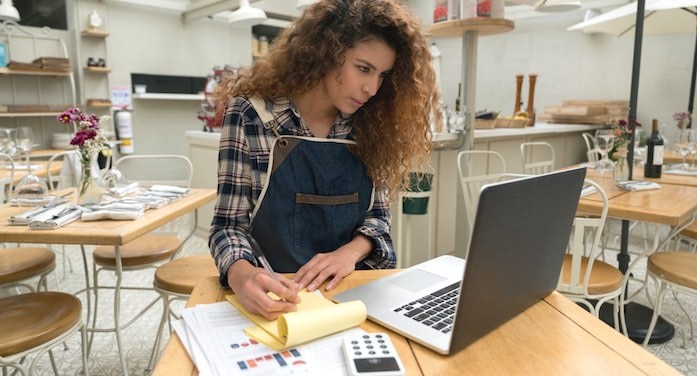Elements of a Balance Sheet
There are three major balance sheet accounts, including:
- Assets
- Liabilities
- Owner’s equity
Each of these is further broken down into sub-items. Let’s have a look at each of them.
Assets:
Assets are the resources owned by your business entity that provide you with economic benefits in the long run. These are further categorised into current assets and noncurrent assets.
Current Assets:
Current Assets are the assets that can be converted into cash within one year or a normal operating cycle for your business entity, whichever is longer. Operating Cycle is the time it takes a business entity to buy produced inventory, sell the finished goods, and collect cash for the same.
There are a number of current assets that form part of your company’s balance sheet.
These include:
- Cash
- Marketable Securities
- Accounts Receivables
- Inventories
- Prepaid Expenses
Non-Current Assets or Fixed Assets:
Non- current assets are the assets that cannot be easily converted into cash in the normal course of business. They are long term assets that have been purchased for providing goods or services and are not meant for resale to earn profits.
The non-current assets can be further subdivided into tangible non-current assets, like plant and machinery, property, etc., and intangible non-current assets, like goodwill, copyright, etc.
Liabilities:
Liabilities are the money that you owe, as a business entity, to your creditors, lenders, and equity owners against the assets of your business entity. These can be further grouped into current liabilities and non-current liabilities.
Current Liabilities
These are the liabilities that are required to be paid off within the normal operating cycle of the business or within one year, whichever is longer.
Current Liabilities include:
- Accounts Payables
- Accrued Expenses
- Current Portion of Long-Term Debt
- Deferred Revenues
Non-Current Liabilities
These are the liabilities that are due for payment for more than one year.
These include:
- Long-Term Borrowings
- Deferred Tax Liabilities
- Long-Term Provision
Owner’s Equity
Owner’s Equity is the amount invested by investors in your business entity, meaning:
Owner’s Equity = Paid-In Capital + Retained Earnings
This means that an increase in your business earnings would ultimately lead to an increase in owner’s equity.















